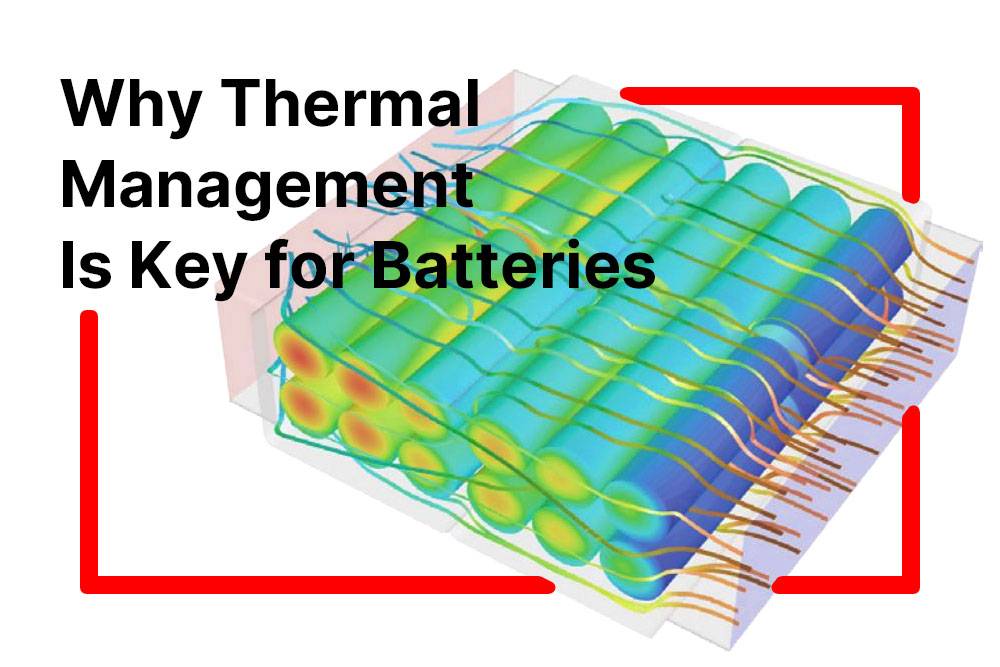Strategies for Effective Heat Management
In today's rapidly advancing technological landscape, the need for effective thermal management has never been more crucial. From smartphones to data centers, efficient heat dissipation is essential to ensure the longevity and performance of electronic devices. This article explores the fundamentals of thermal management, common techniques, challenges, innovations, applications, and future trends in this vital field.

Introduction
Thermal management refers to the process of controlling temperature within electronic devices to prevent overheating and ensure optimal performance. In essence, it involves the design and implementation of cooling systems to dissipate heat generated during operation. With the ever-increasing power densities of modern electronics, effective thermal management has become a top priority for manufacturers across various industries.
Common Thermal Management Techniques
Heat Sinks and Thermal Paste
Heat sinks are passive cooling devices designed to absorb and dissipate heat away from electronic components such as CPUs and GPUs. They typically consist of metal fins or plates attached to the heat-generating component, with thermal paste applied to improve thermal conductivity between the two surfaces.
Thermal Interface Materials (TIMs)
Thermal interface materials, or TIMs, are substances used to enhance heat transfer between two solid surfaces, such as a semiconductor and a heat sink. Common TIMs include thermal pads, greases, and phase-change materials, which help reduce thermal resistance and improve overall heat dissipation.
Liquid Cooling Systems
Liquid cooling systems utilize coolant fluids, such as water or refrigerants, to absorb heat from electronic components and transfer it away via a radiator or heat exchanger. These systems offer superior thermal performance compared to air cooling solutions and are often used in high-performance gaming PCs, servers, and industrial applications.
Challenges in Thermal Management
Heat Dissipation in Electronics
As electronic devices become smaller and more powerful, managing heat dissipation becomes increasingly challenging. Components packed tightly together generate localized hotspots, leading to thermal issues such as thermal runaway and device failure if not properly addressed.
Thermal Throttling
Thermal throttling occurs when a device reduces its performance to prevent overheating. While necessary for thermal protection, it can result in decreased system performance and user experience, especially in high-demand applications such as gaming or video rendering.
Environmental Impact of Cooling Systems
Traditional cooling methods, such as air conditioners and refrigeration units, consume significant amounts of energy and contribute to greenhouse gas emissions. Finding sustainable alternatives that minimize environmental impact is essential for combating climate change.
Innovations in Thermal Management
Nanotechnology Applications
Nanomaterials, such as carbon nanotubes and graphene, offer promising solutions for improving thermal conductivity and heat dissipation in electronic devices. Their unique properties enable more efficient heat transfer while minimizing space and weight requirements.
Phase-Change Materials (PCMs)
Phase-change materials undergo a transition between solid and liquid states at specific temperatures, making them ideal for thermal energy storage and management. PCM-based solutions, such as thermal storage units and heat sinks, provide efficient cooling without the need for active power consumption.
Active Cooling Solutions
Advancements in active cooling technologies, such as thermoelectric coolers and microfluidic systems, enable precise temperature control and thermal management in compact devices. These solutions offer greater flexibility and scalability for applications with stringent thermal requirements.
Applications of Thermal Management
Thermal management plays a vital role in various industries, including:
- Electronics Industry: From smartphones to server farms, thermal management is essential for maintaining device reliability and performance.
- Automotive Sector: Electric vehicles rely on effective thermal management to optimize battery life and ensure safe operation under extreme conditions.
- Renewable Energy Systems: Solar panels and wind turbines benefit from thermal management techniques to improve energy conversion efficiency and prolong lifespan.
Future Trends in Thermal Management
Integration of AI and IoT
AI-powered thermal management systems leverage machine learning algorithms and sensor data to dynamically adjust cooling strategies in real-time, optimizing energy efficiency and performance.
Sustainable Cooling Solutions
Emerging technologies, such as magnetic refrigeration and solid-state cooling, offer environmentally friendly alternatives to traditional cooling methods, reducing energy consumption and carbon footprint.
Miniaturization of Cooling Technologies
Advancements in microfluidics and nanofabrication techniques enable the development of ultra-compact cooling solutions for next-generation electronics, paving the way for smaller, more powerful devices with improved thermal performance.
Conclusion
In conclusion, thermal management is a critical aspect of modern technology, ensuring the reliability, efficiency, and sustainability of electronic devices across various industries. By leveraging innovative solutions and embracing sustainable practices, we can address the challenges of heat dissipation while advancing towards a cooler and greener future.
Unique FAQs
- How does thermal management impact battery life in smartphones? Effective thermal management prevents overheating, which can degrade battery performance and lifespan over time.
- What are the advantages of liquid cooling systems over air cooling solutions? Liquid cooling systems offer superior thermal performance and can dissipate heat more efficiently, making them ideal for high-performance applications.
- Can phase-change materials be used for passive cooling in electronics? Yes, phase-change materials can absorb and release heat during phase transitions, providing passive cooling without the need for active power consumption.
- How do nanomaterials improve thermal conductivity in electronic devices? Nanomaterials have high surface area-to-volume ratios, allowing for better heat transfer between electronic components and heat sinks.
- What role does thermal management play in renewable energy systems? Thermal management ensures optimal operation and longevity of components in renewable energy systems, maximizing energy conversion efficiency and reliability.
